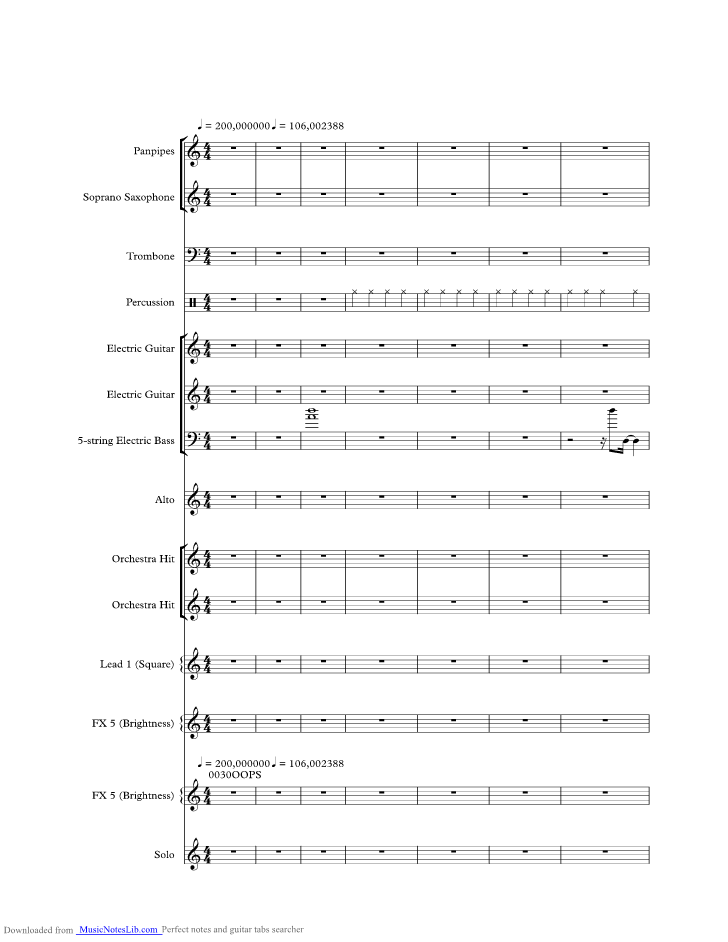

#Gap band oops upside your head wiki how to#
project, such as the consequences of making contact with various enemy types, the game's setting, and how to work around the Famicom's hardware limitations. Alongside Miyamoto, he began design work on the game, and the two began to rethink a lot of the logic that had been established in the original Mario Bros. continued to be popular, Tezuka suggested their next project make use of Mario and Luigi as well. Ĭollaborating with one another through 1984, Miyamoto and Tezuka had established a comfortable working relationship and were keen to continue pushing the boundaries of what Nintendo called the "athletic game" genre (later dubbed "platform games") established by its prior titles. It was Miyamoto's first game that was designed specifically for the Famicom and Tezuka served as co-designer on the project. Tezuka would go on to be a valued collaborator of Shigeru Miyamoto's, and their first collaborative project was Devil World, a Pac-Man-styled maze game where the player controlled a green dragon. The following year, Nintendo found itself another employee that would prove to be a talented designer and make immense contributions to the company's Famicom library: an Osaka University of Arts graduate, Takashi Tezuka. The "Famicom" was released in July 1983, and launched with ports of Donkey Kong, its sequel Donkey Kong Jr., and Popeye. They dubbed their invention "Family Computer". Inspired by the Atari 2600 and ColecoVision (to which the company later ported their Donkey Kong game), Nintendo's goal was to create a piece of hardware that would be cheaper than the competition, less intimidating to those unfamiliar with technology, and more appealing to children. Miyamoto titled the new game Mario Bros., and when it was released in 1983 it allowed two players to team up and play together.īy 1980, Nintendo wanted to branch out of the arcade business and had begun researching the possibility of developing a device on which users could play games at home.

Eventually, the Mario character proved popular enough to receive his own game, co-starring a brother, Luigi. and attempt to rescue his father from his captor. The player would assume the role of Donkey Kong Jr. Donkey Kong, the ape from the first game, had been imprisoned by Mario, who was standing guard over his cage. The game went on to be popular in the North American market and Miyamoto got started on his next project: a sequel titled Donkey Kong Jr., where the characters' roles were reversed. By the time Donkey Kong shipped, the Jumpman character had been renamed "Mario" by Nintendo's American branch.

Nintendo repurposed the circuit board of Radar Scope, one of their earlier arcade units, to produce Donkey Kong, and the game was released in 1981 to critical acclaim-although not without a slight change.

Drawing inspiration from the trio of Bluto, Popeye, and Olive Oyl, Miyamoto conceptualized three characters of his own: Donkey Kong (a large ape), Jumpman (the protagonist of the game), and a female character that would later be given the name "Pauline" (the damsel in distress that Jumpman would need to rescue).
#Gap band oops upside your head wiki license#
The first of his original titles was an arcade unit named Donkey Kong, which materialized when plans for Nintendo to create a game based on the Popeye license ran into complications. Sheriff was Nintendo's first "damsel-in-distress" game-a concept Miyamoto would subsequently re-use across many of his own products. Having impressed company president Hiroshi Yamauchi with his work, Miyamoto was assigned to create art work for an arcade game named Sheriff, where the player found themselves surrounded by bandits and needed to fend them off, saving a young woman they had captured in the process. In 1977, a young artist and toy designer named Shigeru Miyamoto joined Japanese toy maker Nintendo. The Dawn of Mario Shigeru Miyamoto Joins Nintendo 5.2 Oracle of Seasons and Oracle of Ages.4 Establishing the Conventions of Zelda.


 0 kommentar(er)
0 kommentar(er)
